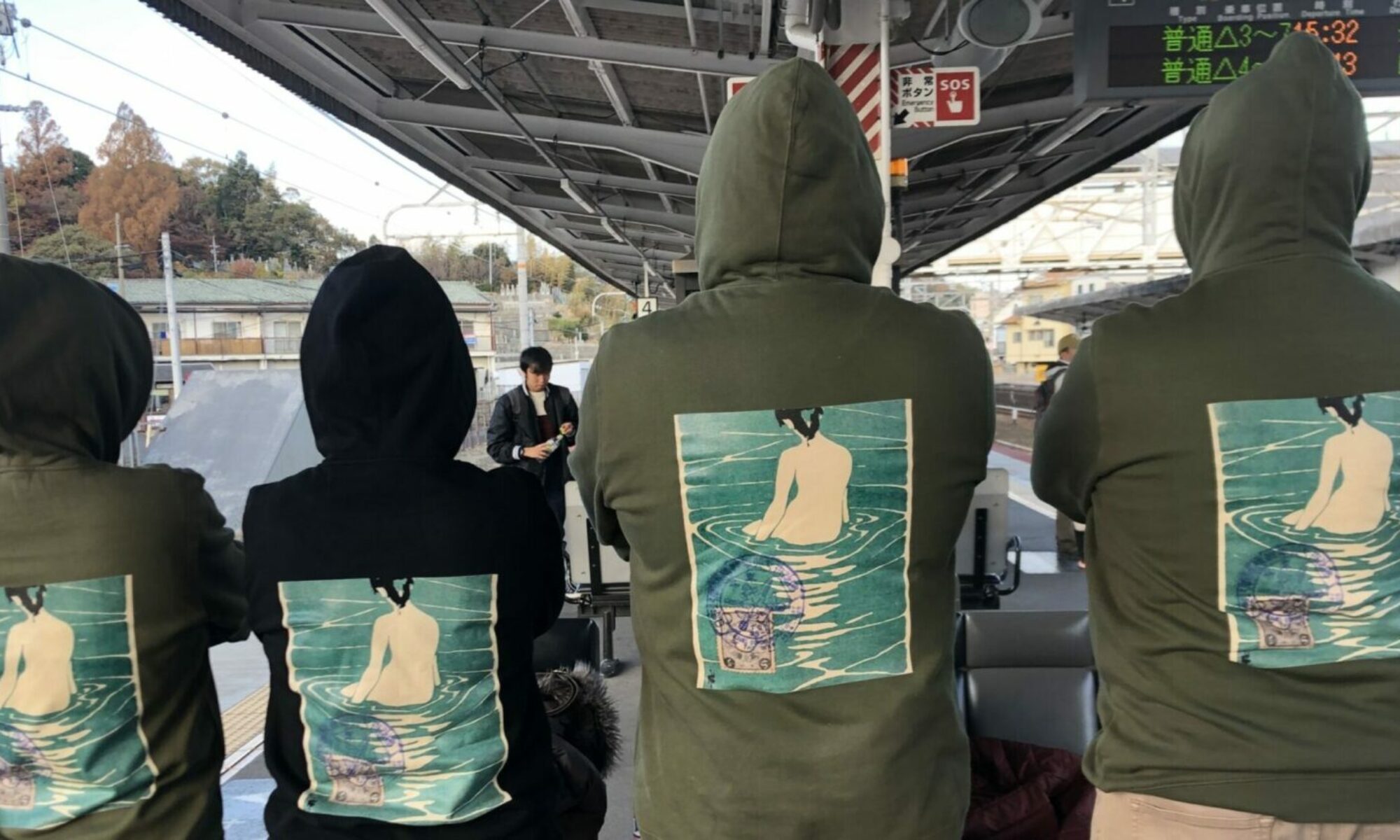Found this interesting article at http://altjapan.typepad.com/my_weblog/2011/09/the-shrine-line.html
This news report is entirely in Japanese but is worth watching even if you don't speak the language. It explains a fascinating concept: that the position of Shinto shrines along the Tohoku coastline encodes information about tsunami safety zones.
The vast majority of these shrines escaped the inundation virtually unscathed, in some cases while the towns around them washed away. In the image above, the light blue area represents land that was dry prior to the quake; that is how far inland the tsunami waters washed. Note how the shrines sit almost exactly along the line where the floodwaters finally broke.
What might at first seem like a miracle of divine intervention is even more interesting in reality. Several of the shrines actually venerate tsunami (Shinto being a religion of nature-worship), and in fact represent a historical record of where many previous tsunami floodwaters broke.
It is not for nothing that Shinto shrines are generally built on high ground. One resident interviewed in the piece relates how local lore, handed down from parent to child, said to take refuge at the local shrine in the event of a tsunami. It proved true during the disaster, saving many lives.
Like the "tsunami stones" and folktales found throughout the region, these shrines represent an attempt from those who lived long ago to communicate the dangers of tsunami to future generations. It seems likely that's precisely why they were built in these specific locations.
Being "holy ground" that typically remains undisturbed even in modern times, you could say the shrines are an encoding system. They convey information about safe areas without relying on the frailties of human memory or documents. You can seem a similar idea in modern-day attempts to devise a "10,000 year marking system" to ensure that nuclear waste sites remain uninhabited even long after the civilizations that created them have fallen.
What other sorts of traditional sites might encode useful information? It's an open question, as is their actual utility. For all the effort the people of the past put into warning us, we still decided to build nuclear power facilities on land known to be prone to devastating tsunami.
Really interesting stuff and says a lot about looking to the past to guide the future…..
